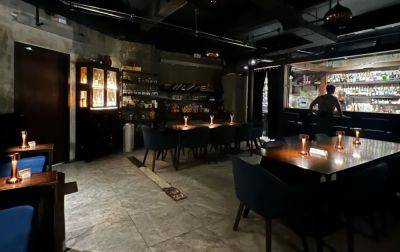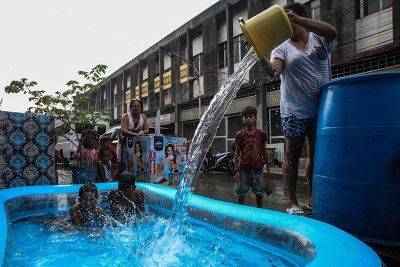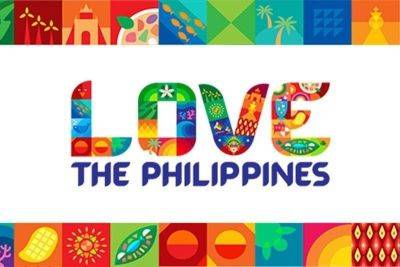Can cultural context of the Philippines suppress creative thinking?
Creative thinking is a complex process influenced by various factors, including cultural context. Culture shapes how individuals perceive, interpret, and respond to their environment which plays a crucial role in fostering or hindering creativity.
For its part, the Programme for International Student Assessment (PISA) defines creative thinking as “the competence to engage productively in the generation, evaluation, and improvement of ideas that can result in original and effective solutions, advancements in knowledge, and impactful expressions of imagination.” The recent PISA results, which showed low creative thinking among Filipino students, can be partly attributed to specific cultural characteristics inherent in Filipino society.
Historically speaking, the Filipino culture of today has been a blend of influences from both the west and the east. The most dominant cultural value among Filipinos is "Smooth Interpersonal Relationship" (SIR) which is primarily characterized by maintaining harmony among individuals, family members, and society in general.
This cultural value guides Filipinos in their daily lives and is characterized by four key Filipino values: (1) pakikisama (getting along with others); (2) hiya (sense of shame); (3) amor propio (self-esteem); and (4) utang na loob (debt of gratitude). Another essential aspect of the Filipino character is pakikipagkapwa-tao, or having a regard for the dignity and being of others, which is considered a major strength of the Filipino character.
These cultural values, however, while fostering strong interpersonal relationships and social harmony, may inadvertently suppress individual creative thinking. The emphasis on conformity, social harmony, and respect for others can limit individuals' willingness to challenge the status quo, take risks, and express unconventional ideas—all of which are crucial for creative thinking.
Therefore, while the cultural traits of SIR and pakikipagkapwa-tao strengthen social bonds, they may also contribute to the lower levels of creative thinking observed among Filipino students in the recent PISA results.
Cultural norms and values significantly impact creative thinking by defining







